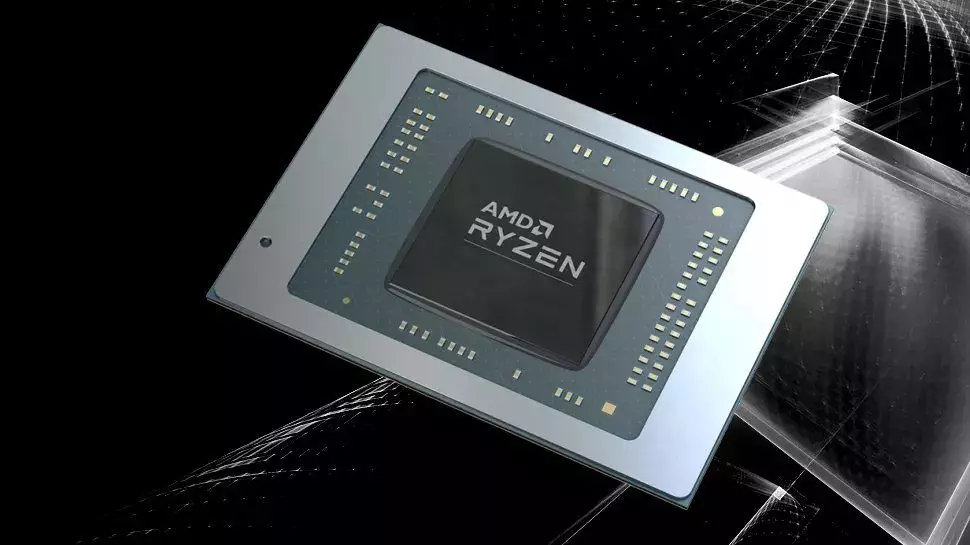AMD’s laptop CPU naming schemes have always been a challenging puzzle to decipher, even for the most dedicated hardware enthusiasts. The recent revelation on Asus’s product comparison page regarding the upcoming Strix Point mobile processors shed some light on the complexity of AMD’s naming conventions. Initially, the page displayed Asus’ Vivobook S 16 OLED line equipped with the AMD Ryzen AI 9 HX 170 CPU, boasting impressive specifications such as a 5.1GHz clock speed, 36MB of cache, 12 cores, 24 threads, and “AMD Ryzen AI up to 77 TOPS.” However, the page was quickly updated to feature AMD’s previous Hawk Point mobile chips, namely the AMD Ryzen 9 8945HS and AMD Ryzen 7 8845HS, indicating a swift change in plans.
Upon analyzing this unexpected turn of events, several theories arise to explain the sudden shift in the naming scheme. One plausible scenario is that AMD intended to introduce a new branding strategy but decided to revert to the original plan, prompting a hasty correction on Asus’s website. Another possibility is that confusion arose within Asus, leading to the inadvertent display of incorrect CPU models. However, the most intriguing speculation suggests that AMD might have drawn inspiration from Intel’s Core Ultra line, incorporating a similar structure with a three-digit number following the initial branding.
Notably, the inclusion of “AI” in the CPU’s designation hints at AMD’s emphasis on artificial intelligence capabilities, aligning with the company’s recent focus on AI innovation spanning over five decades. While this strategic move underscores AMD’s technological advancements, it also raises concerns about the readability and coherence of the naming scheme. Unlike Intel, who refrained from incorporating “AI” into their product names, AMD’s decision to highlight this feature may lead to a convoluted naming convention that lacks consumer appeal.
As speculation mounts regarding AMD’s potential naming scheme overhaul, industry experts anticipate a possible unveiling of new CPU models at events like Computex in June. If AMD chooses to revamp its naming conventions once again, it could signify a departure from the current numerical system to a more user-friendly format. By simplifying the nomenclature, AMD aims to eliminate the need for intricate explanations, decoding tools, and unnecessary confusion among consumers and tech enthusiasts.
The unveiling of AMD’s Strix Point mobile processors and the subsequent naming scheme debacle shed light on the challenges faced by hardware manufacturers in streamlining product designations. While the incorporation of innovative features like artificial intelligence can enhance a product’s appeal, it also necessitates a delicate balance between technical sophistication and consumer comprehension. As the tech industry continues to evolve, companies like AMD must adapt their naming strategies to reflect the changing landscape and meet the demands of a discerning market.


Leave a Reply